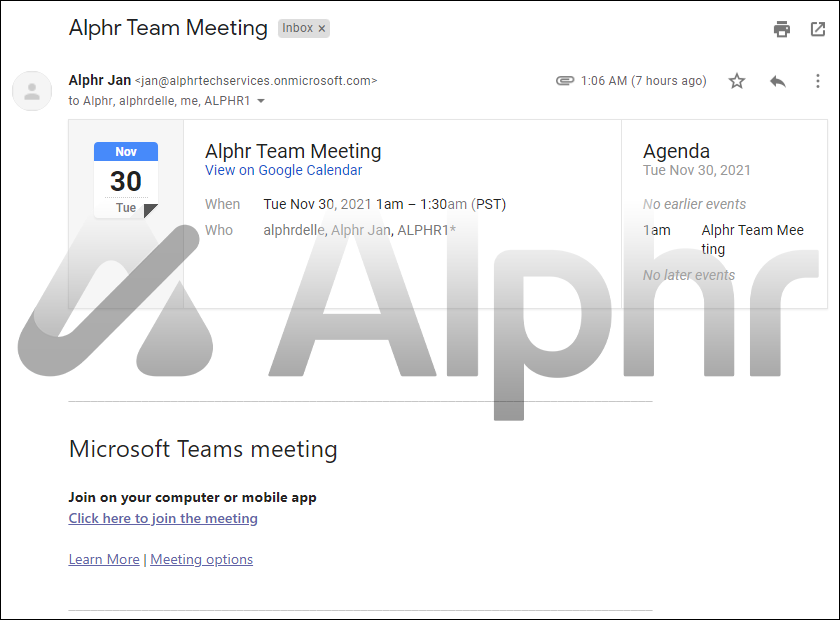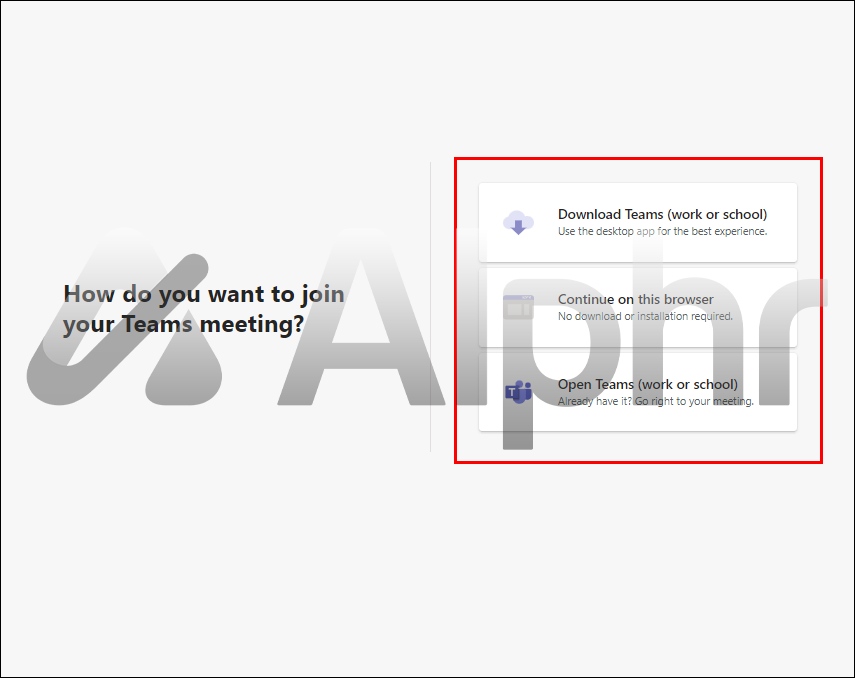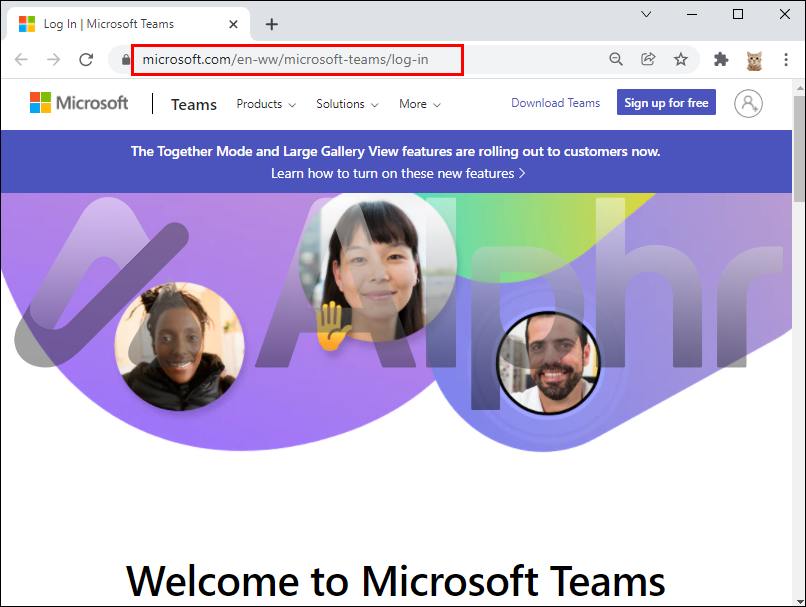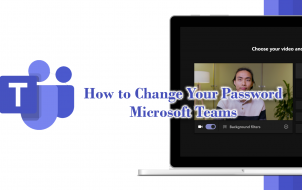Device Links
The Microsoft Teams platform offers a convenient way to communicate without being physically present. The service is commonly used to facilitate video and conference call meetings. As this is one of their main features, there are several ways to join a meeting.
If you want to learn how to join a meeting you’ve been invited to, you’ve found the right page. Here, we’ll discuss joining a Teams meeting via an invitation link or with a digital ID using various devices.
How to Join a Meeting in Microsoft Teams on a PC
Using your PC, you can access Microsoft Teams by installing the desktop app or visiting the official website on your browser. Here’s how to join a meeting using the invite:
- Access your invitation email, or find it in your Calendar.

- Click the Click here to join the meeting link to open the meeting in your default browser.

- Select whether to join the meeting via a browser, use the desktop app, or download the app.

- If you select the desktop app, you may be prompted to sign in using your Teams account.

- If you don’t have a Teams account, you might be permitted to enter your name and join as a guest depending on the meeting setup.
- If you have an account, choose Sign in to connect with access to meeting chat and other features. Depending on the setup, you may join the meeting straight away or be added to the lobby before joining.

Join a Meeting With Meeting ID via Desktop
All meetings have a meeting ID assigned to the user. The ID is added to the meeting invite beneath the meeting link. Attendees can join a discussion by entering their ID. Follow these steps to join a meeting using the meeting ID using your desktop.
- Access your Teams account via the desktop app or by visiting the Microsoft Teams website.

- Make a note of or copy the meeting ID, then go to your Calendar.
- At the top right, click Join Meeting.

- To join the meeting instantly, click Join.

How to Join a Meeting in Microsoft Teams on an iPhone
You can join a meeting by installing the Teams app on your iPhone. Here’s how to join a meeting using the meeting invite:
- Go to the meeting invitation and tap on the link.

- Teams will open, then press the Join Now button.

- You’ll go straight into the meeting.

Join a Meeting With Meeting ID via iPhone
You can also join meetings with the unique meeting ID included in your invitation. Here’s how to join a meeting on your iPhone using the meeting ID:
- Go to the meeting invite and copy the meeting ID.
- Tap the Teams icon in the app bar.

- Press the Join or create a team button.

- In the Join a team with a code text field, paste the ID.

- To join the meeting instantly, tap Join.

How to Join a Meeting in Microsoft Teams on an Android Device
To join Microsoft Team meetings on your Android device, you’ll first need to install the Teams mobile app. Once installed, follow these instructions to join a meeting using the meeting invite link:
- Locate the meeting invitation, then press the link. The Teams app will open.

- To join the meeting instantly, press the Join Now button.

Join a Meeting With Meeting ID via Android
Another way to join a meeting is by using your unique digital meeting ID. You’ll find it in your meeting invite. Follow these steps to join the meeting with your ID:
- Find the meeting invite, then copy the ID to your clipboard.
- In the app bar, press the Teams icon.

- Tap the Join or create a team button.

- In the Join a team with a code text field, paste your ID.

- Hit Join to connect to the meeting straight away.

How to Join a Meeting in Microsoft Teams on an iPad
To access your Teams meetings using your iPad, install the Teams app, then follow these instructions to join using the invitation link:
- Open your meeting invite, then tap on the link.

- The Teams app will open, then tap the Join Now button to join the meeting.

Join a Meeting With Meeting ID via iPad
You can now enter meetings you’ve been invited to using a unique ID. Here’s how to access a meeting via your iPad using your digital ID:
- Go to your meeting invite and copy the ID.
- Select the Teams icon.

- Press the Join or create a team option.

- In the Join a team with a code text box, paste your unique ID.

- To join the meeting instantly, tap Join.

Direct Access to Teams Meetings
The Microsoft Teams communication platform is essential for remote team collaboration. Supporting virtual team meetings is one of its key features. You can join a meeting using a couple of methods, including clicking on an invitation link or using a unique ID. As an invitee, either way, it allows you direct access.
Do you use other video conferencing tools? If so, which do you prefer and why? Tell us about it in the comments section below.
Disclaimer: Some pages on this site may include an affiliate link. This does not effect our editorial in any way.































